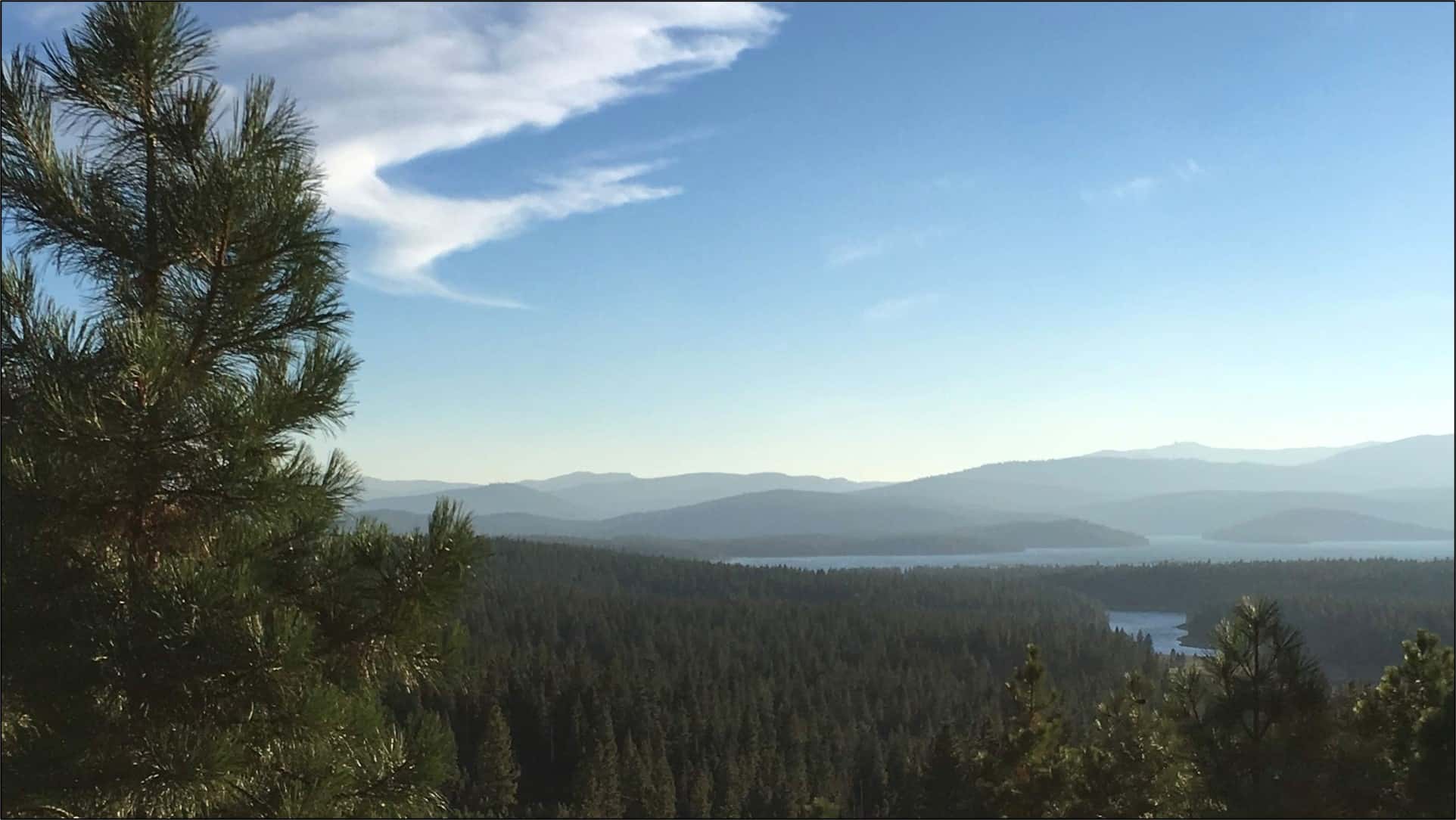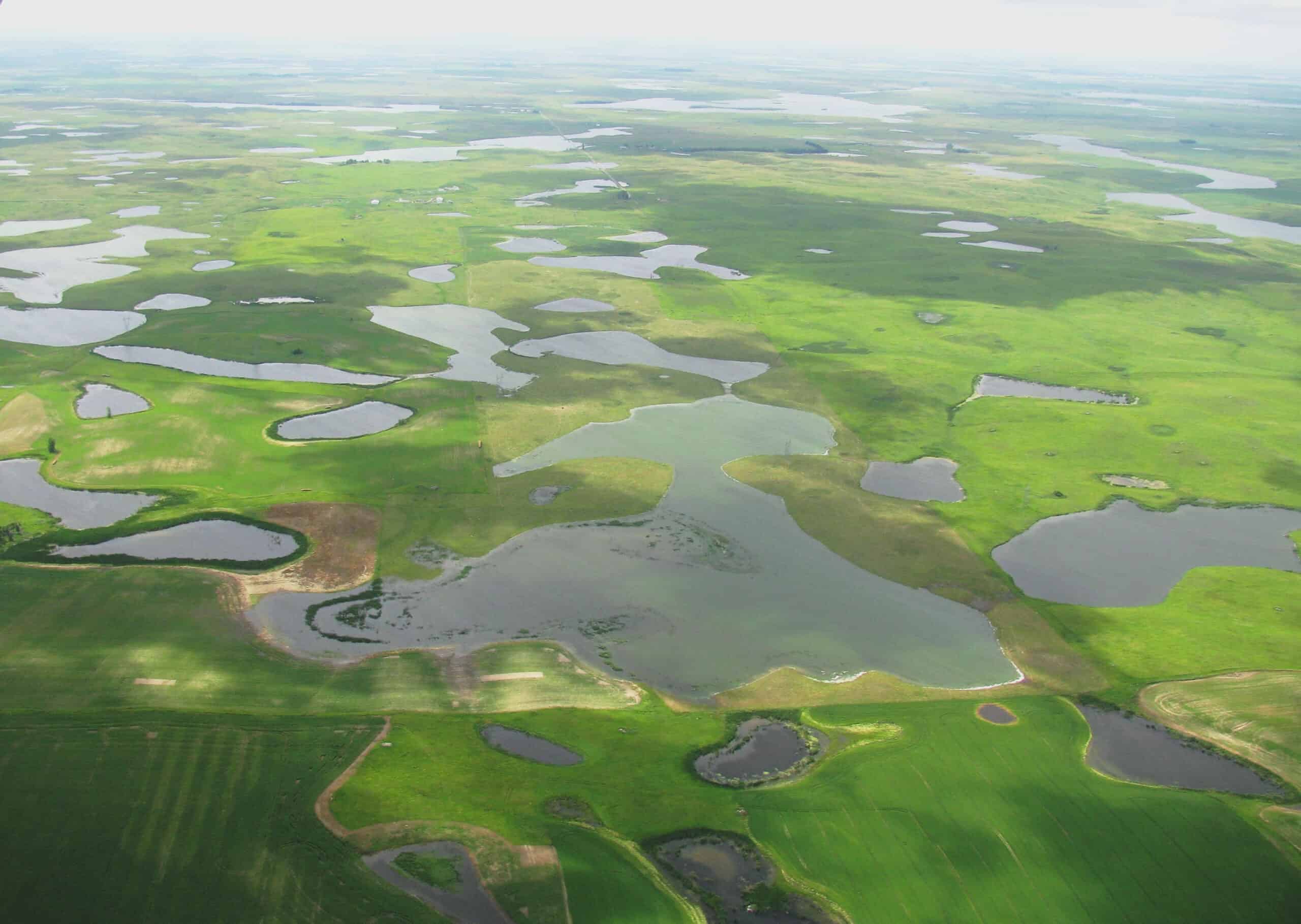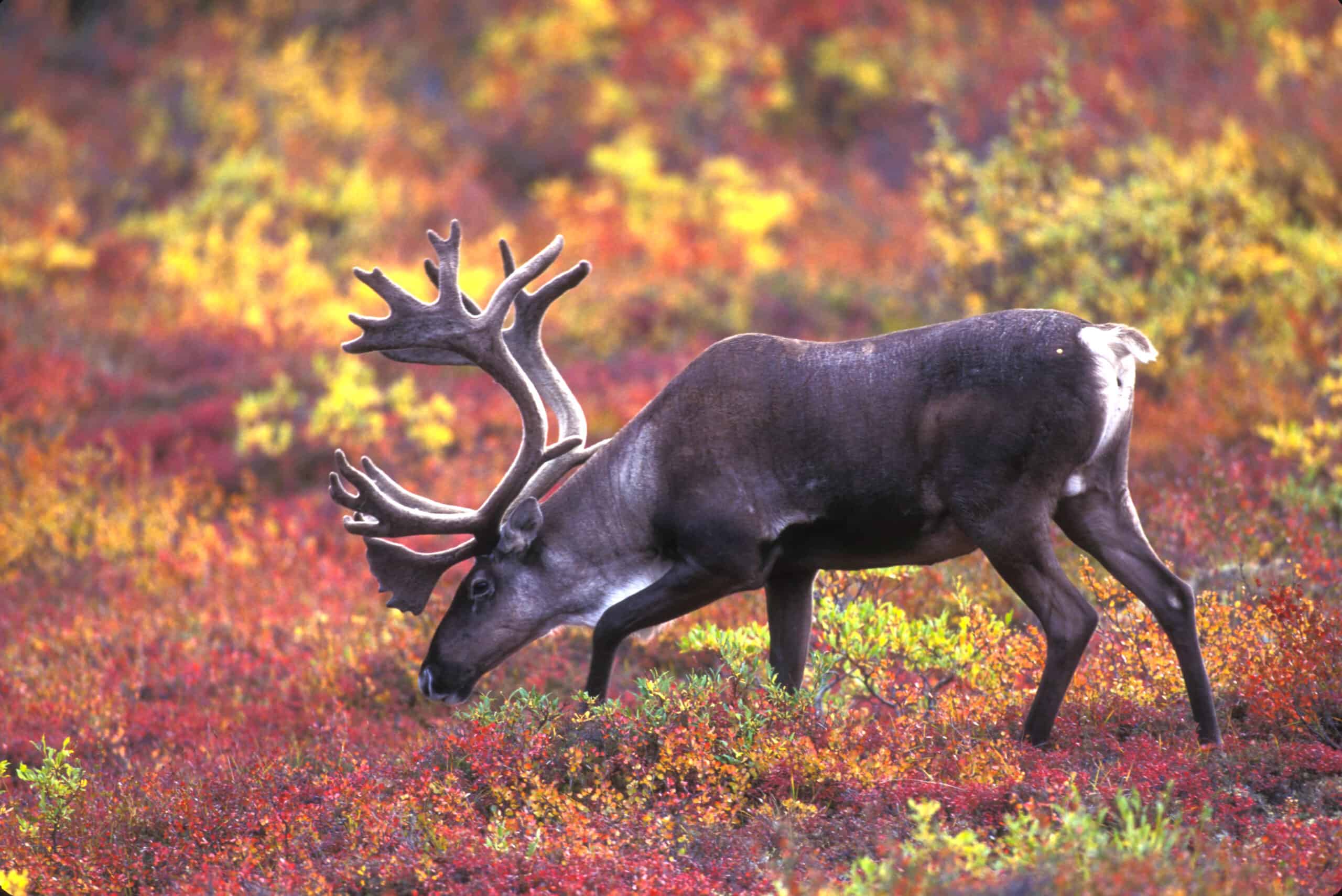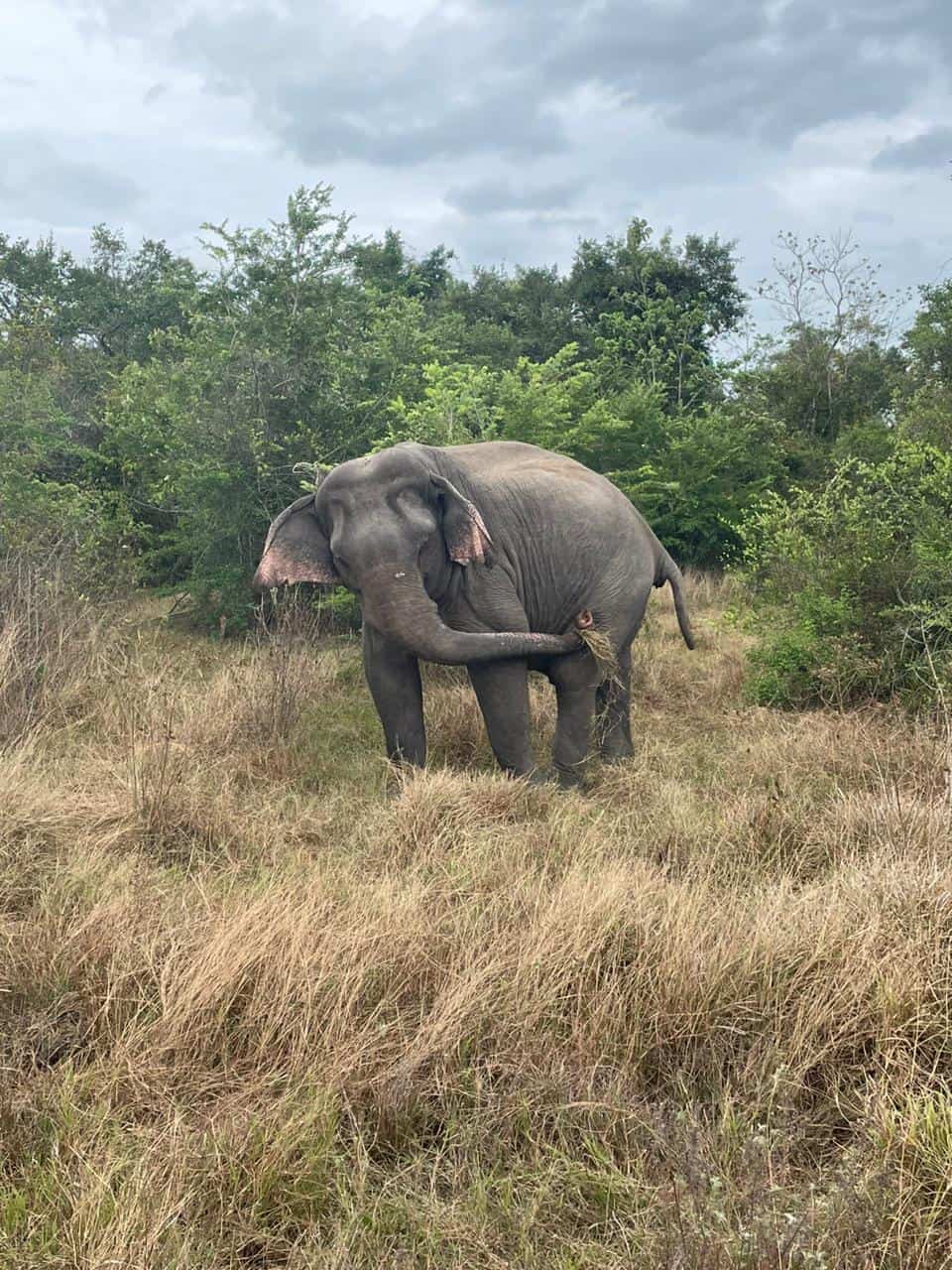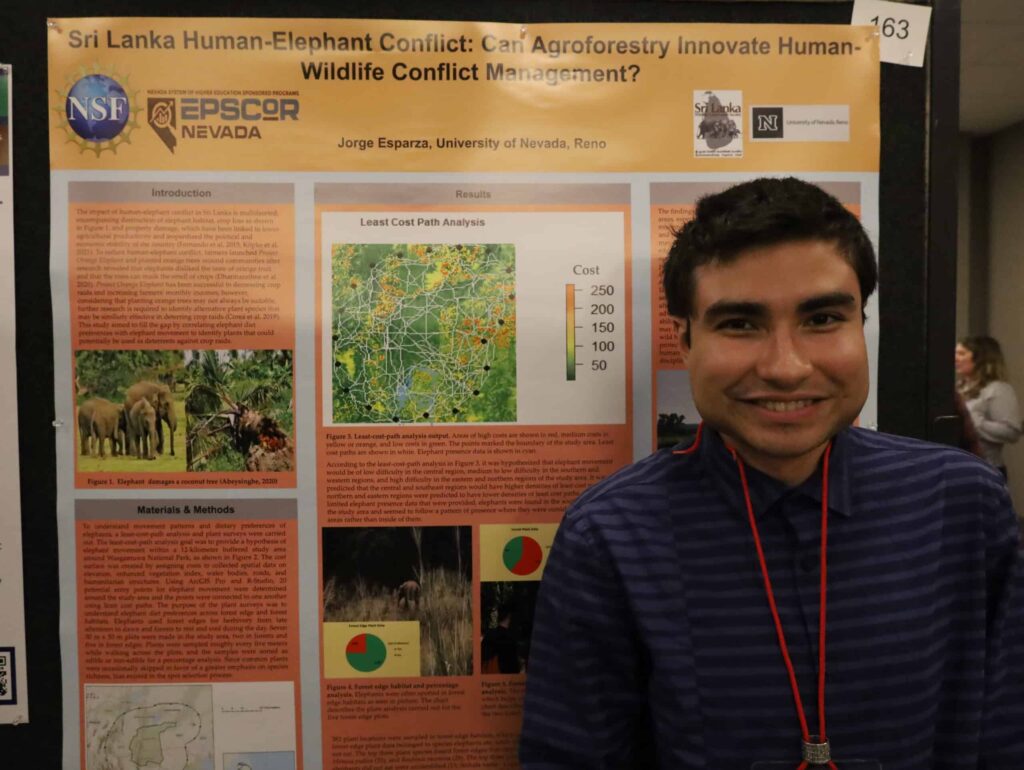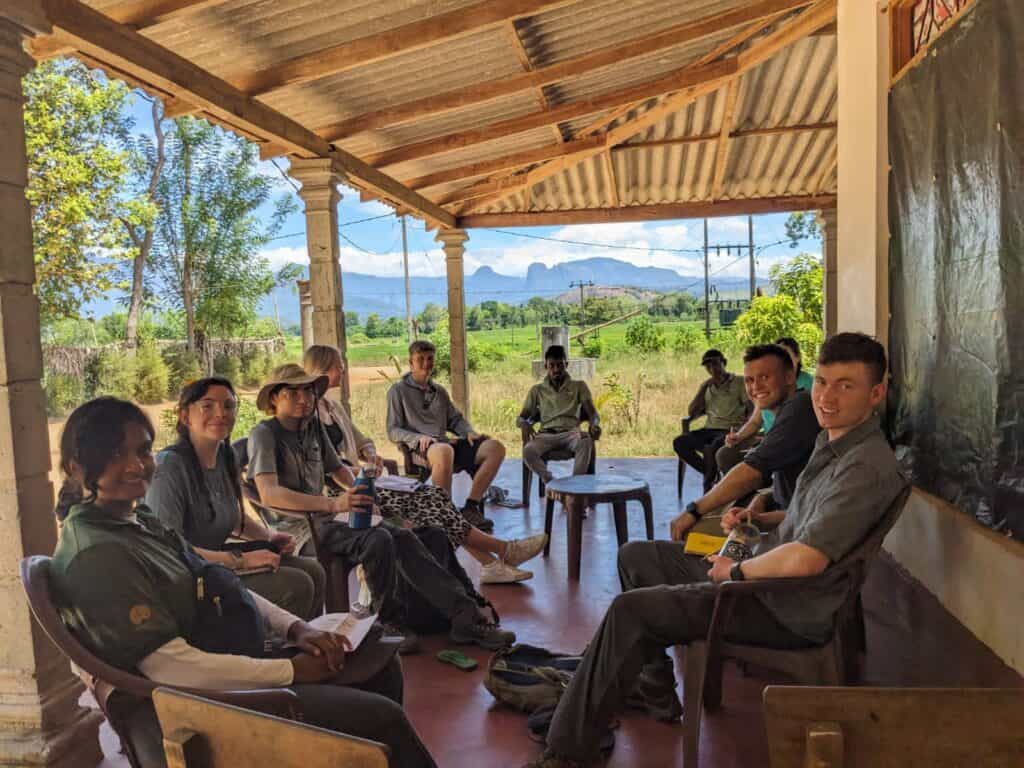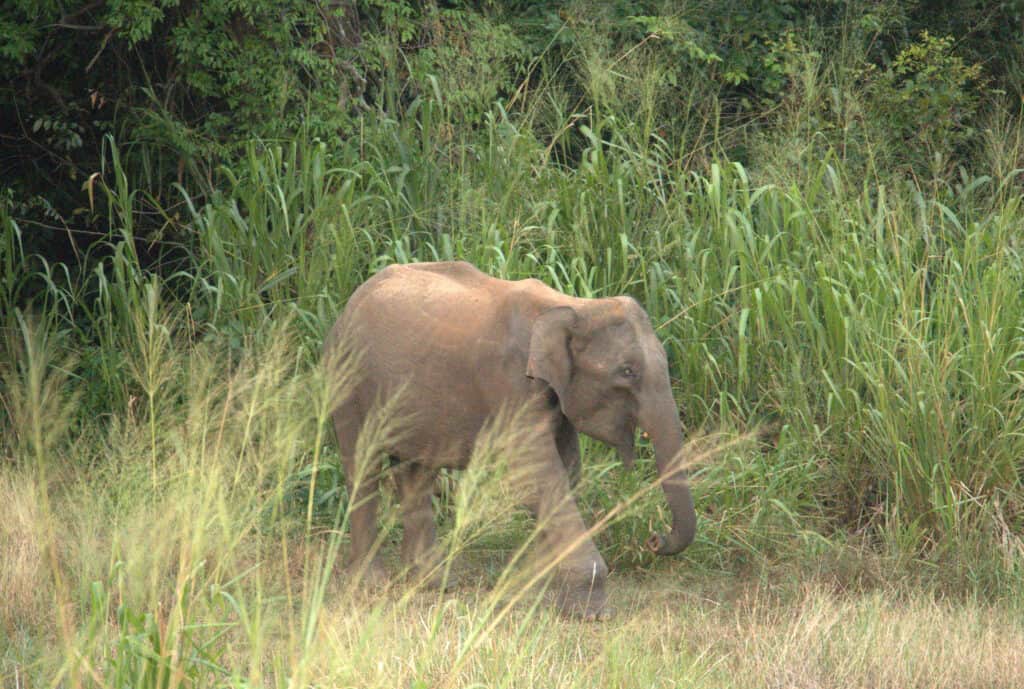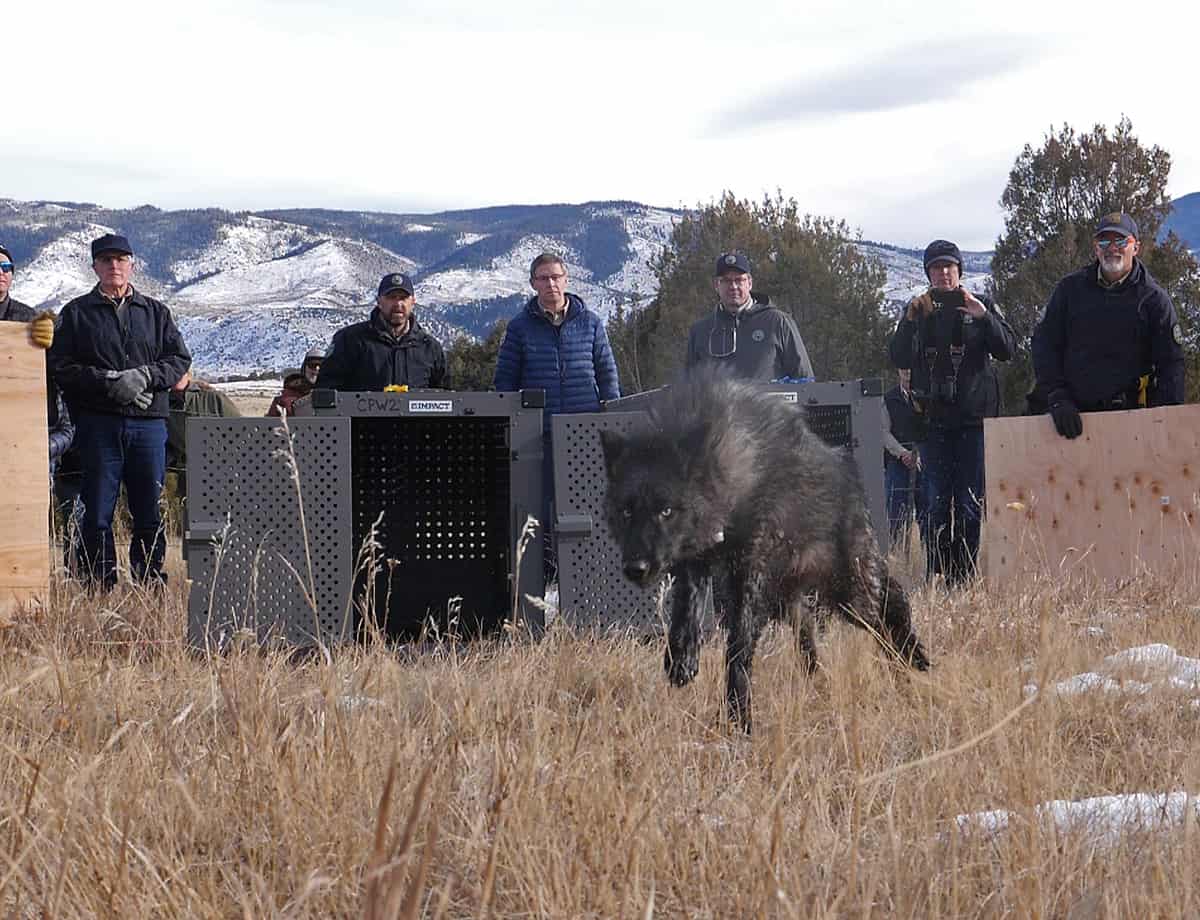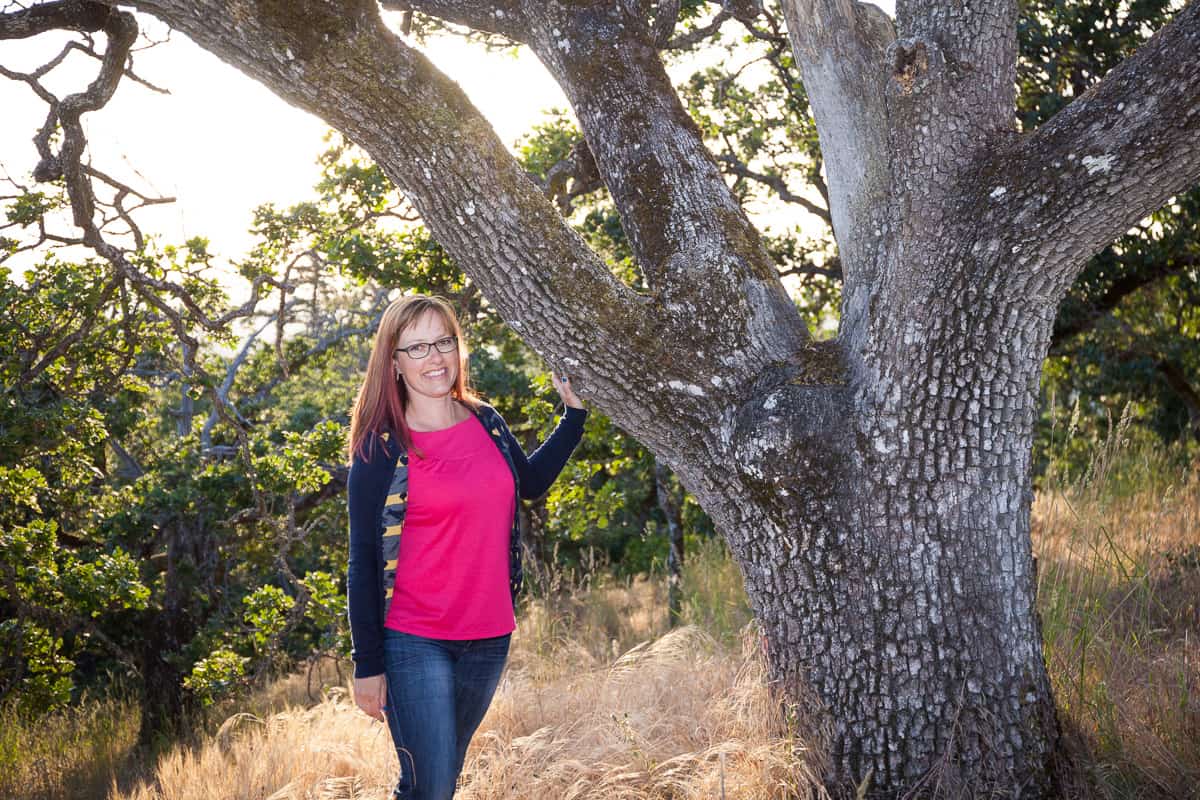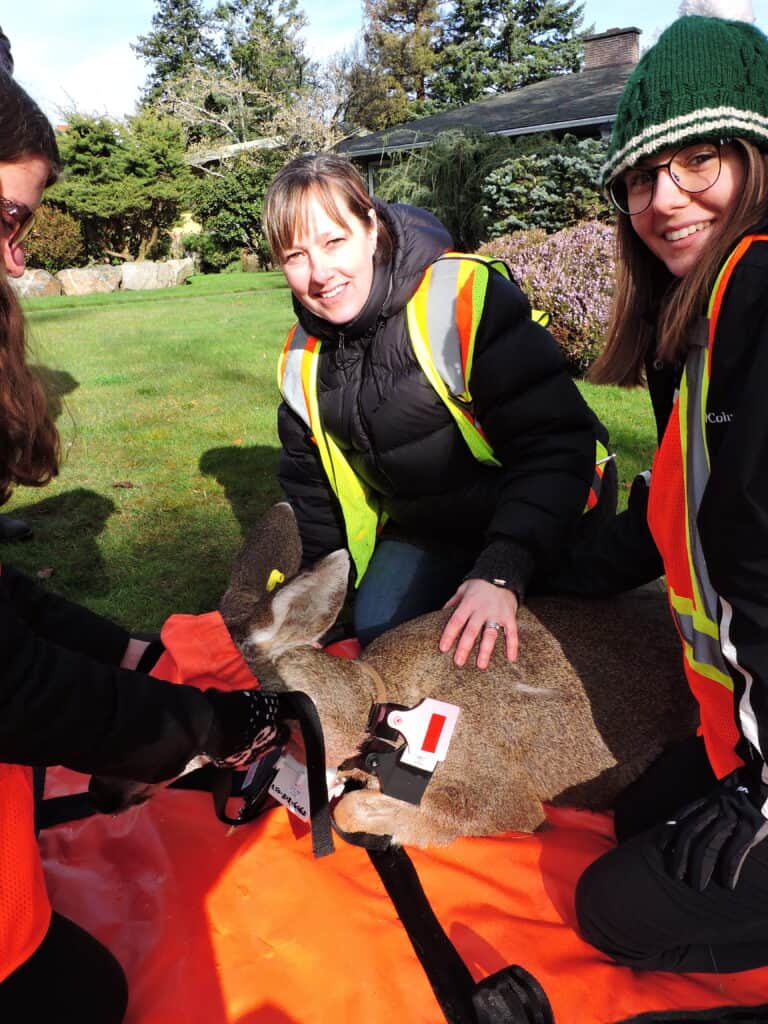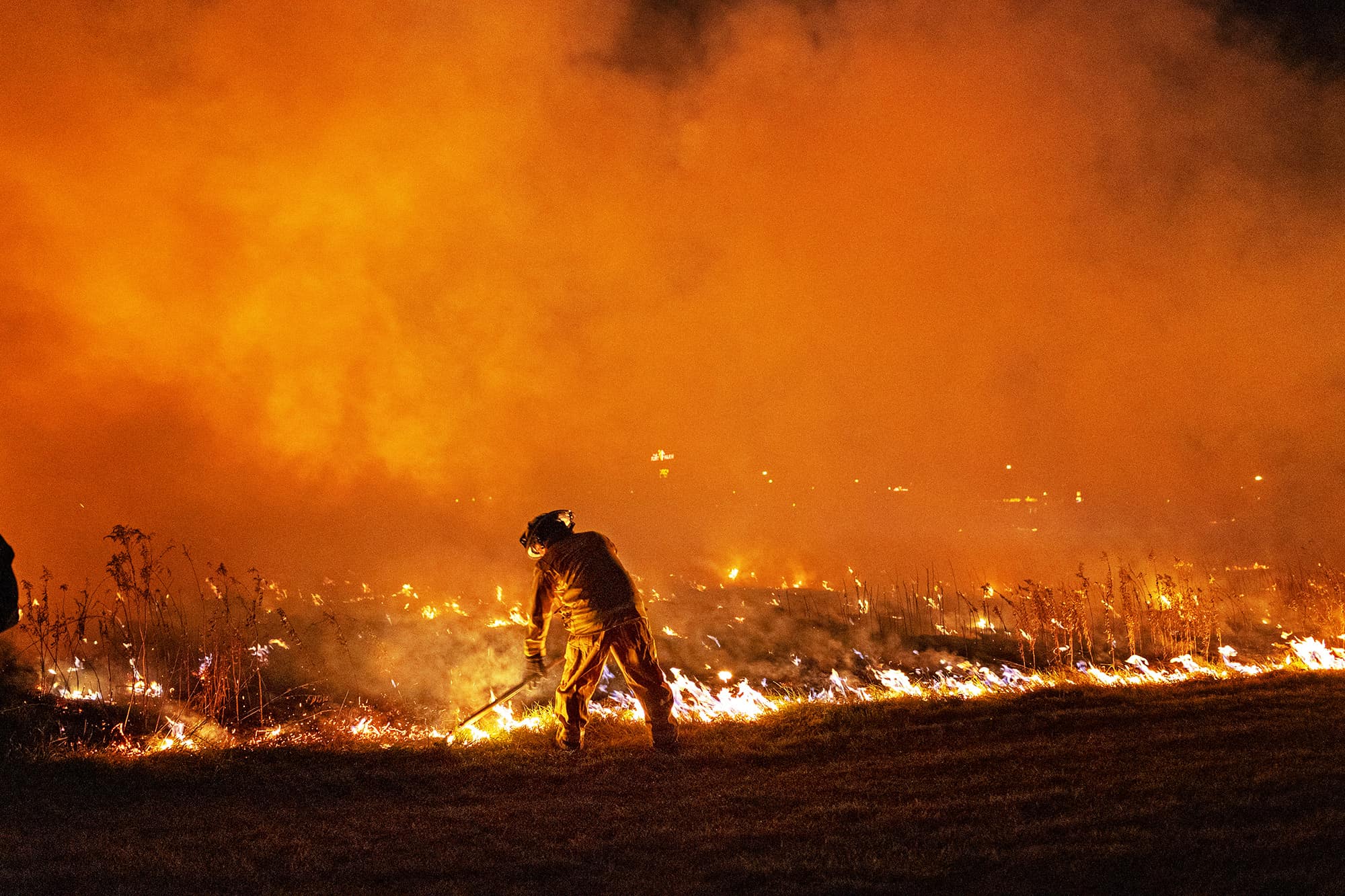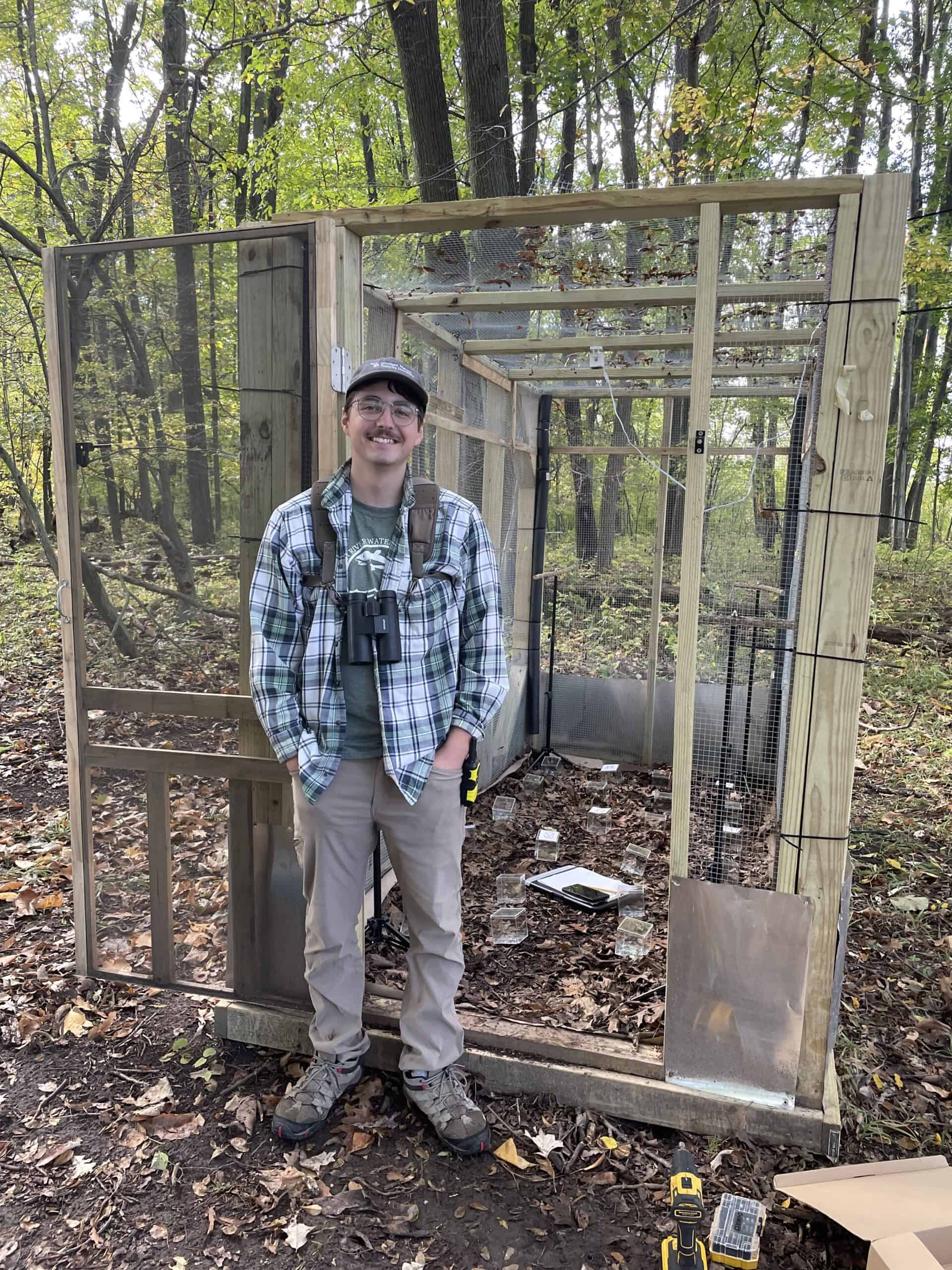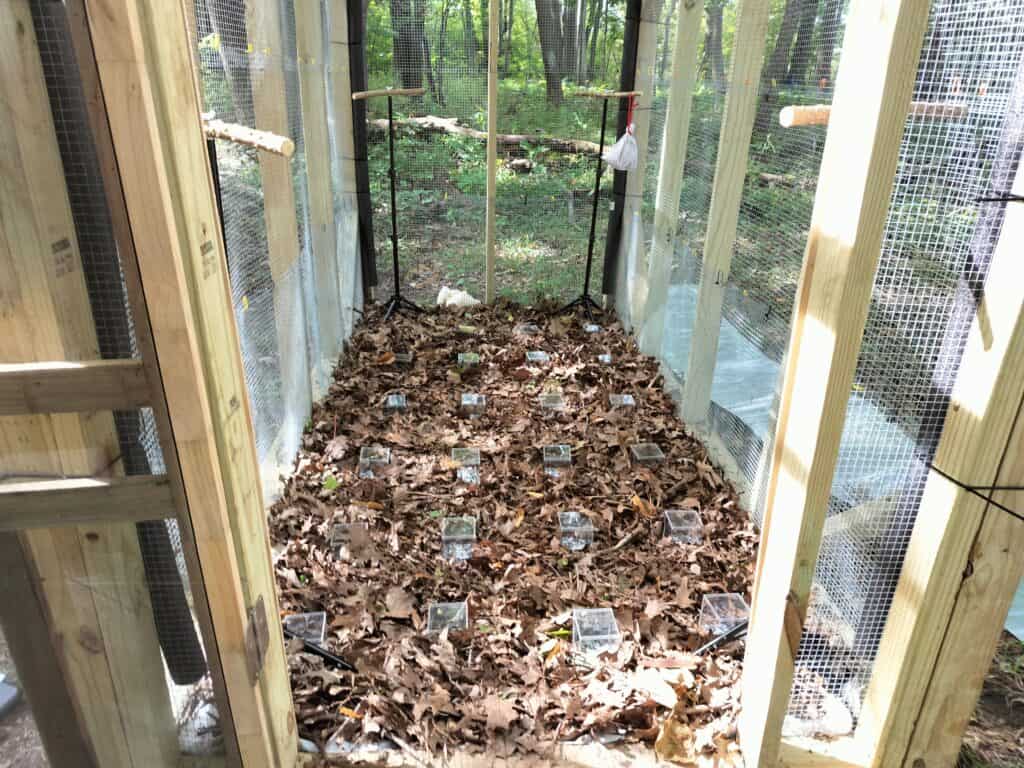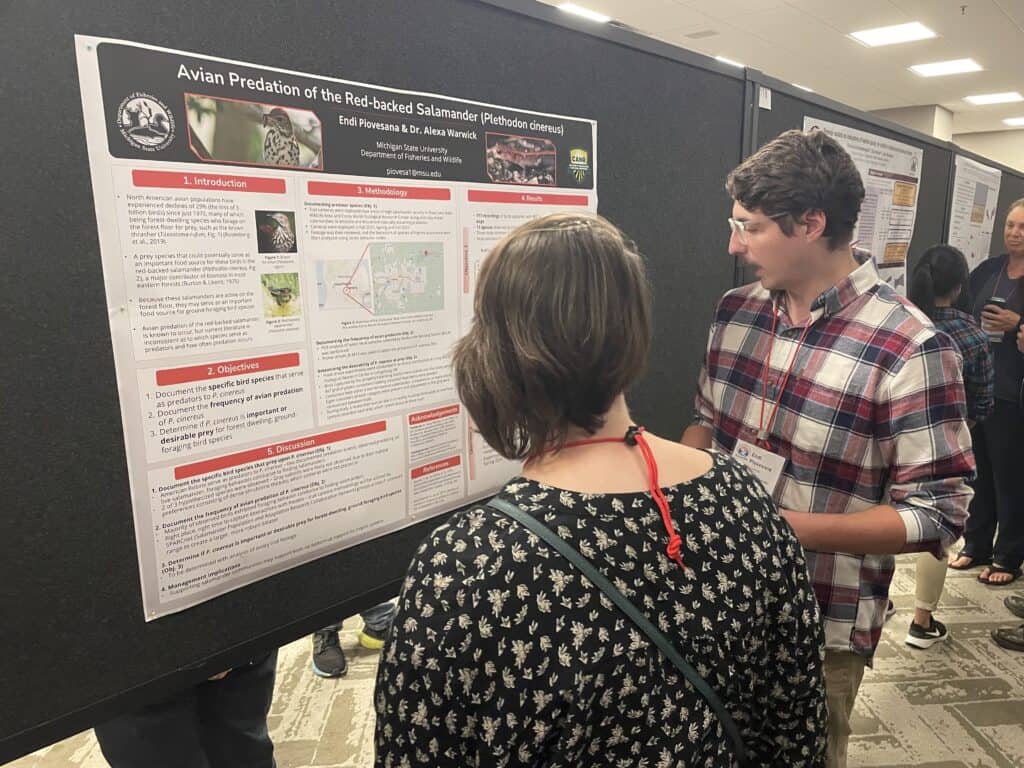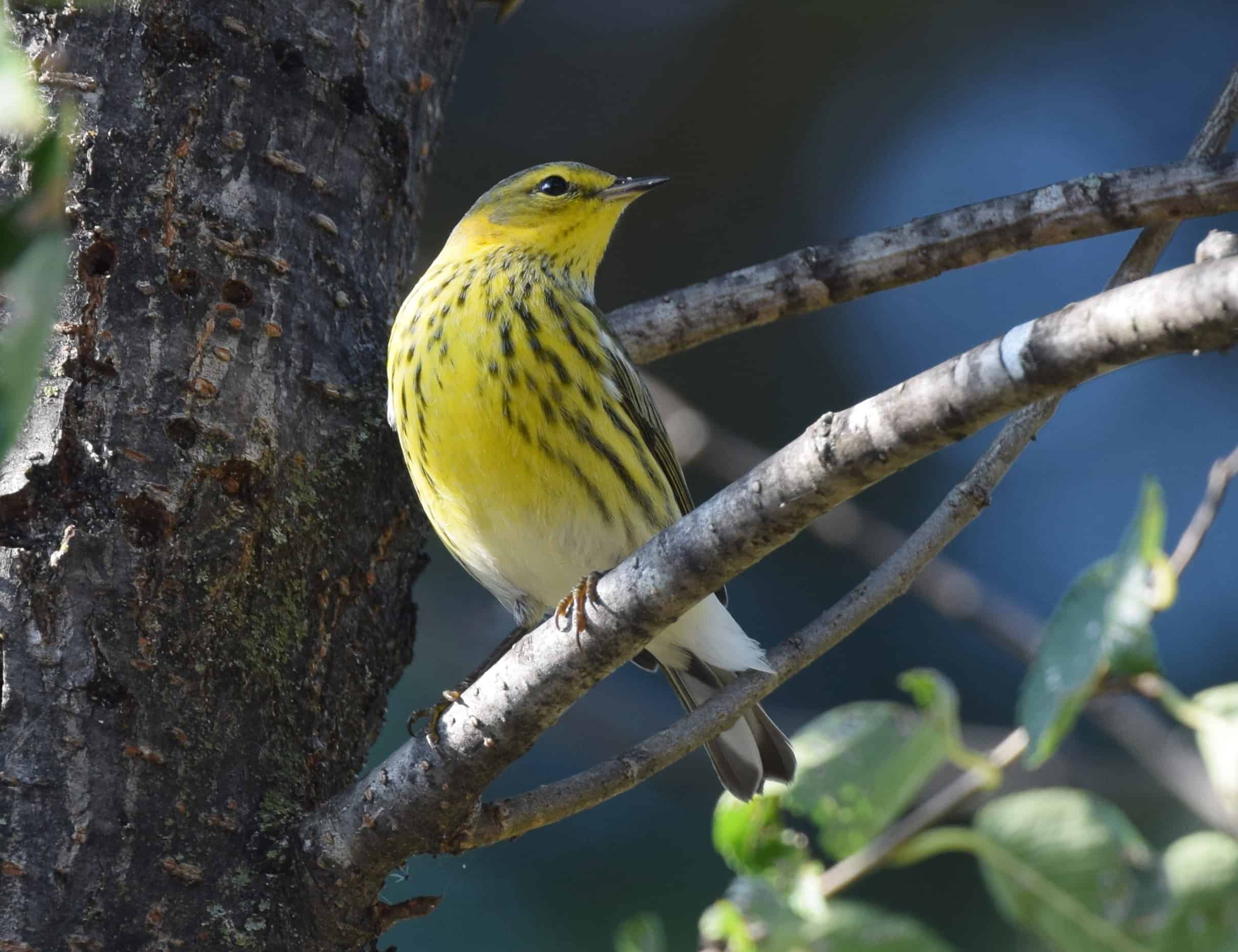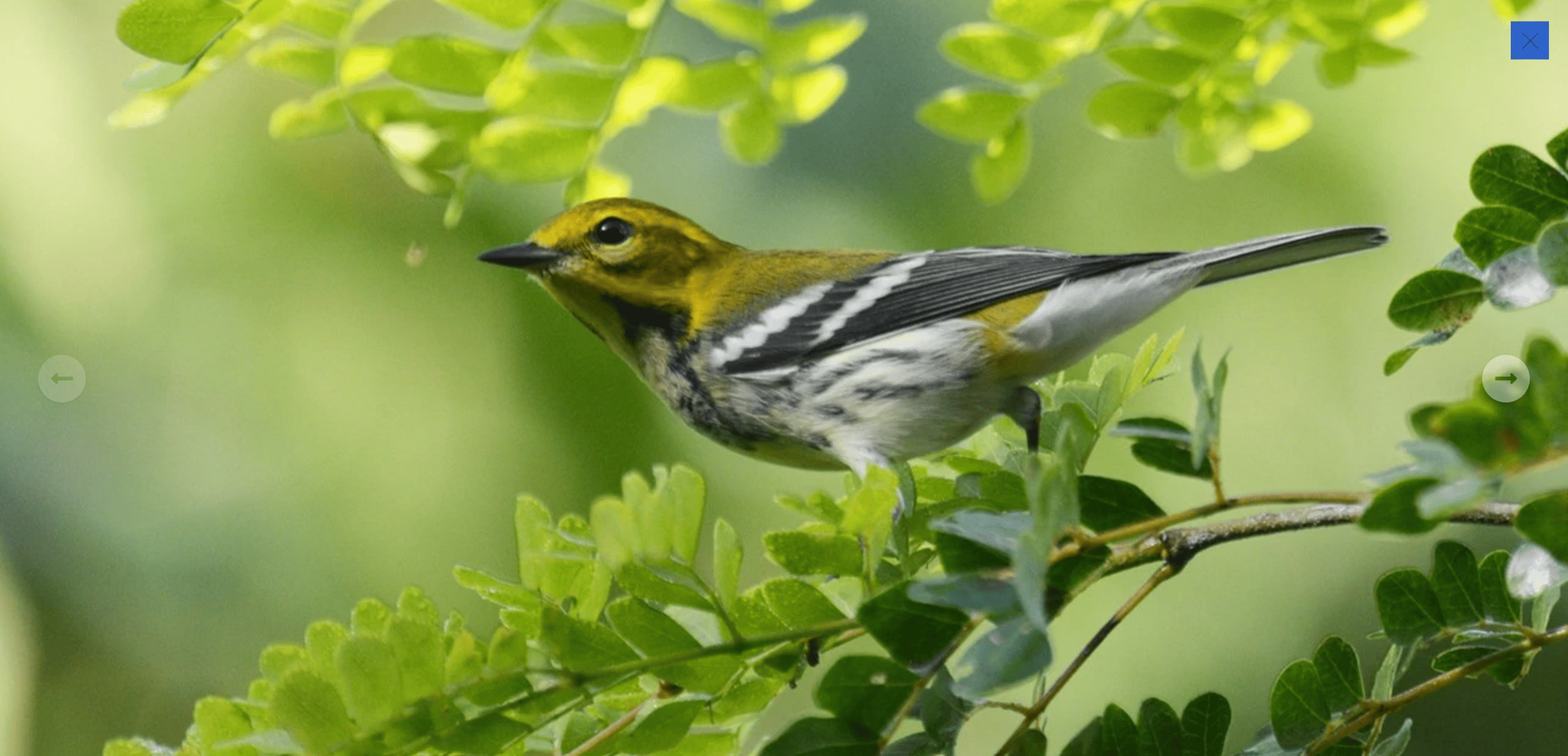
Conserving rare species is difficult when they’re too elusive for standard data analysis methods. Researchers wondered if by taking information from species we do know something about, we can help out those rarer individuals through a process of integrating data for multiple species simultaneously with “integrated community models”—a sort of “Robin Hood” approach. The team published a paper in the Journal of Animal Ecology highlighting a framework where something like this could be put into effect.
We caught up with TWS member Elise Zipkin, an associate professor in the department of integrative biology and the ecology, evolution, and behavior program at Michigan State University who led the study, to find out more about the approach. Her responses are edited for brevity and style.
How did you come up with this “Robin Hood” idea for conservation?
The idea is built out of two streams of research that have happened over the last 10 to 20 years.
The first idea is what we call hierarchical community modeling. In this approach, you have a single data source, or a single way that you’re collecting data. But by using these approaches to collect data on one species, you can naturally collect data on the whole community. For example, with bird point counts, you can hear all the breeding birds in the area. Another example is walking transects and turning over rocks to find salamanders but finding other species along the way. Instead of analyzing each of those species, from that single dataset, on its own—and if we did that, we ended up having to throw out a bunch of rare species and only get the common ones— we can model them all together. This allows us to understand what’s going on with rare and elusive species and ultimately, developing conservation approaches for the whole community.
At the same time, there’s an approach we call data integration, or integrated modeling. In this framework, you have a single target species for which you are able to collect multiple different types of data. This is often done with many types of migratory bird species. For example, maybe you have banding data on bird species collected over years at a breeding ground. Maybe you also have count data on adults or productivity data on nest success. The idea of integrated modeling is to combine all the different data sources into a single model, and that leads to like a more complete picture of what’s going on for that target species.
My lab thinks that both of these frameworks are really cool and opening up many doors in conservation. And then we thought, let’s see if we can do a data integration approach for multiple species simultaneously. That’s where integrated community models come in. If you can learn a lot more about each of the individual species, you can learn a lot more about the community as a whole.
What are some concrete examples?
With butterflies in the Midwest, we’re trying to understand, are they increasing? Decreasing? What’s going on? It turns out the Midwest has the highest density of butterfly surveys of basically anywhere in the world, so it’s a really good opportunity to apply the integrated community modeling framework. There are about six multi-species datasets collected in various parts of the Midwest, all with slightly different protocols. There’s been some work on individual species, including monarch butterflies, but not so much with the whole community beyond a limited spatial extent. We especially want to know something about the trends of rare species. And we want to know what’s going on broadly with butterflies across space. We’re currently working on taking all the data on hundreds of butterfly species, and we’re going to integrate that together into this framework. That’s going to allow us to see what’s going on for some of these rare species that we just don’t have that much data on. Our hope is to see which counties across the Midwest might be the best for targeted conservation actions.
We also have been working with different kinds of bird data, like eBird, NEON, the Breeding Bird Survey, and national park monitoring data. Each of these monitoring programs sample different parts of bird habitats. For example, because the BBS is all roadside surveys, what we see with birds on BBS transects might be different than what’s happening in natural, protected areas, where NEON data are collected. If we integrate these data, we can get a more nuanced look of how species are doing across space and time.
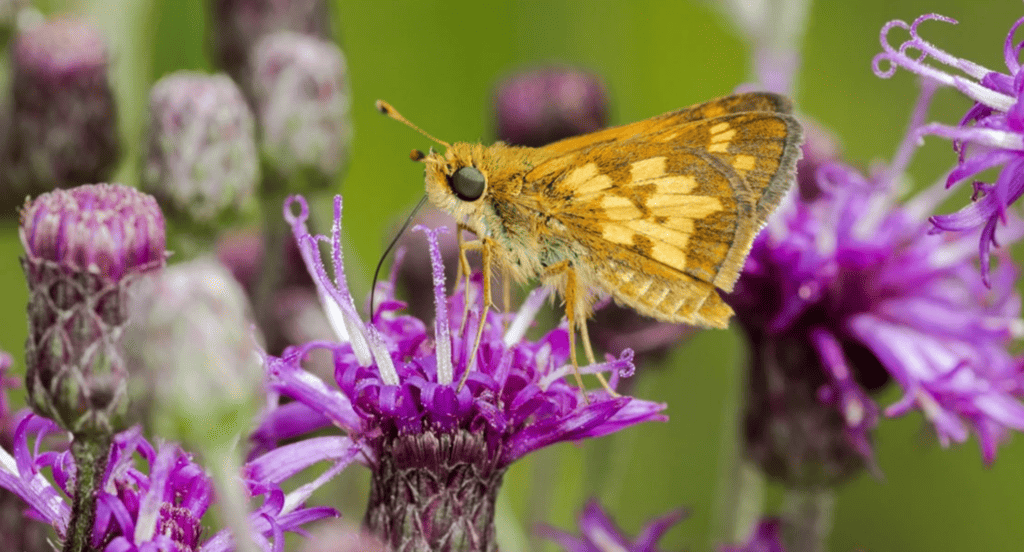
What is the next step in getting this framework out to people to use for conservation and management?
We still need more research, as the integrated community modeling framework is pretty new. We need to understand when and where these methods work well and where they don’t. What are the strengths of this approach? What are the limitations? When will this approach be beneficial and when will it not be all that helpful? I think we’re still a bit away from broader implementation, but hopefully that would be down the road.
What is your vision for this framework to be used in the future?
What would be amazing is if we could develop more general purpose software. We could have practitioners and managers being able to use integrated community models in a way that they don’t need to do all the coding themselves.

There’s this focus on single species management, largely because of past policies and regulations. But we’re in this huge biodiversity crisis where we need to be thinking broader about how to protect communities of species. The integrated community modeling framework still allows us to pull out individual species that we’re really concerned about, but it also provides an overall picture of what’s going on with a community—how the community is responding to environmental variables, as a whole. This will allow us to start to understand what might be the best management and conservation actions for lots of species simultaneously.



